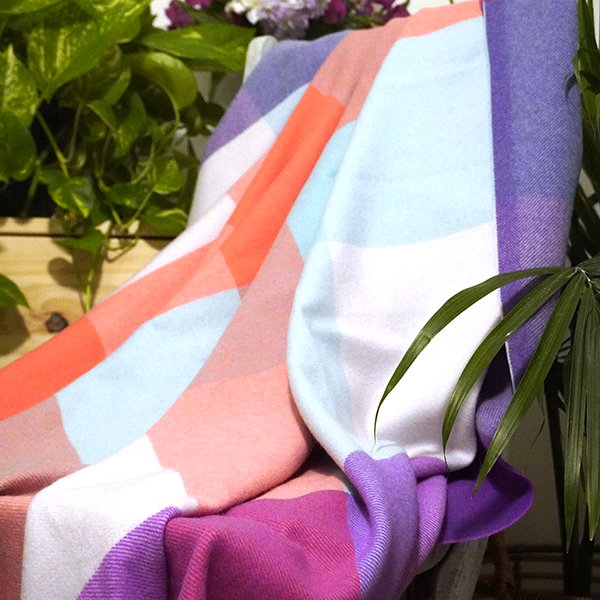One of the biggest music festivals, Coachella, has been canceled multiple times during the Covid-19 pandemic. Many people have waited for its return. After all, the festival is back happening between 16 April and 24 April in Indio, California. As we know, the world's top and thriving artists and bands occupy the Coachella stages and deliver their fine tunes. Until now, no Mongolian artists had a chance to perform at Coachella stages. In contrast, this year one Mongolian band is performing on the long-waited Coachella stage and filling the festival atmosphere with their folk-rock music.
The band is known for its blend of traditional Mongolian instrumentation with heavy metal rock and contemporary music. The videos of their first two songs, “Yuve Yuve Yu” and “Wolf Totem,” went viral immediately after they were released in 2018, and by March 2022, together they have garnered over 161 million views. “On 11 April 2019, "Wolf Totem" reached No. 1 on Billboard's Hard Rock Digital Song Sales, making The Hu the first Mongolian musical act to no.1 on a Billboard chart” (Rutherford, 2019). Their presence and achievements in the music world have been outstanding.
Are you having any guess what band we are talking about?
Yes, it is The HU. The band delivers an enthralling taste and air to the metal rock lovers through their distinctive style “Hunnu Rock”, which is “inspired by the Hunnu, an ancient Mongolian empire, known as The Huns in western culture. Some of the band’s lyrics consists of old Mongolian war cries and poetry” (The HU, 2018). Their eccentric ethnic costumes also represent the Hunnu clothing style. The HU creates their music with Mongolian traditional instruments and singing techniques, including Morin Khuur (Horsehead fiddle), Tumur Khuur (jaw harp), Tovshuur (Mongolian guitar), and Khoomei (throat singing). These instruments are valuable elements of Mongolian music tradition and culture, and particularly, Morin Khuur and Khoomei are strong symbols of national or ethnic identity.
In 2008 and 2010, UNESCO proclaimed that Morin Khuur and Khoomei are Mongolian Intangible Cultural Heritages.
Written sources claim that string instruments with horse heads on the upper end of the pegbox have been played from the thirteenth and fourteenth centuries among Mongolian nomads for rituals and everyday activities. Morin Khuur is explicitly designed to present the attributes of the horse. The instrument’s trapezoid-shaped body is attached to a long neck bearing a carved horse head at its top end, and just below the horse head, two tuning pegs extend out like ears from either side of the neck. Conventionally, the soundboard of the instrument is covered with leather, and the strings and bow are made of horsehair. It is played in a way of stroking the bow against the two strings. Because of the simultaneous presence of a main tone and overtones, Morin Khuur music has always been difficult to transcribe using standard notation. Therefore, it has been transmitted orally from master to apprentice for many generations. Whereas, due to the modernization, the tuning of Morin Khuur has been adapted to the technical requirements of stage performance, resulting in higher and louder sounds that erase many timbral subtleties. (UNESCO, 2008).
Khoomei is a style of singing, in which the performer uses his throat as a musical instrument to produce a diversified harmony of different pitches including a continued bass and a whistle-like sound at the same time. Khoomei is practiced among Mongolians as well as other Mongolian communities such as Inner Mongolians, Western Mongolians, and Tuvans. It has been sung for centuries as respect and praise for the natural world and the great ancestors of the Mongolian people.
These traditional instruments have been played and performed along with modern music but have not been profoundly known to the world until recently, yet today anyone across the world can experience and hear them through the music of The HU. It is thrilling to listen to Morin Khuur, Khuumei, Tovshuur, and Tumur Khuur from the world stages. However, it should be stressed that Mongolian music is not limited to traditional musical instruments and songs. The music in Mongolia is rich and consists of different genres related to various ethnic groups and modernization in the country.
If you have missed the chance to listen to The HU at the Coachella stage, we are happy to convey the good news to you. The HU is touring around North America until 31 May 2022. You could find more information about the tour on their website. Besides, if you are curious about the Hunnu Fashion and would like to acquire some of them to wear for their concerts, check out the following link or visit our store in New York City.
Author: Myagmartseren (Gina) Purev




